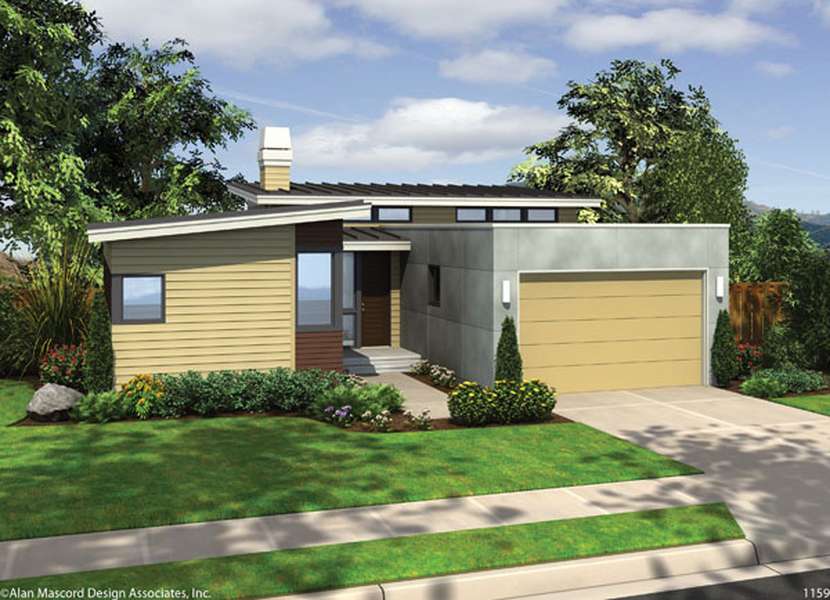Green Guest House Plans Provide a Warm Welcome
All Categories
About Our Plans Building a Home Building Your Home Green Building Help and Support Hobbies & Recreation Home Building Tips and Information Home Design Home Exterior & Framing Homepage Articles House Plan of the Week How We Work Ideas and Inspiration Industry News Infographics Information & Resources Inspired Spaces Interior Design Kitchens Mascord News Modified Home Designs Outdoor Living Personal Stories Plan Support Products and Services Real Estate Remodeling & Renovating Showstoppers
Those who search house plans for guest home designs typically look for basics such as the number of bedrooms and baths, the overall footprint of the guest home, and the accessibility it offers for guests. These days, homeowners are also increasing looking for green guest house plans.
Benefits of Building a Green Guest House
Plans for guest homes usually share a common aim: to create extra space for guests, aging parents or boomerang children. It’s not as common for homeowners to search house plans for green characteristics, but there are many advantages to “going green” with a guest house:
Durability. Because LEED certification and other criteria call for higher-quality construction, green guest house plans typically result in a more durable building overall.
Cost savings. Highly efficient energy systems are part and parcel of green building. Although green features may cost more up front, they offer significant long-term savings in lower energy and maintenance costs.
Improved health. Non-green homes often contain materials (such as VOCs) that can affect the health of your family and guests. In contrast, green construction requires the use of non-toxic materials. High-quality air filtration systems are also included in most green guest house plans.
What to Include in Your Green Guest House Plans
Just what qualifies as a green guest house? Here are some of the features eco-conscious homeowners should consider:
High-efficiency heating and cooling systems. Green guest house plans preserve space for energy-efficient air ducts. Tankless water heaters are also common.
Passive (and active) solar features. Passive solar features take advantage of the sun’s heat to warm the home. For instance, south-facing windows are a passive solar feature, since they will provide light and warmth throughout the day. Skylights are also passive. Of course, more “active” solar features (including solar panels) would also be considered green.
Earth-friendly building materials. Bamboo is a popular green construction material, since it is recyclable and fast-growing. If you want to be a truly green consumer, search house plans for details on sustainable construction materials.
Note: The home shown above is The Berkley House Plan 1159.
